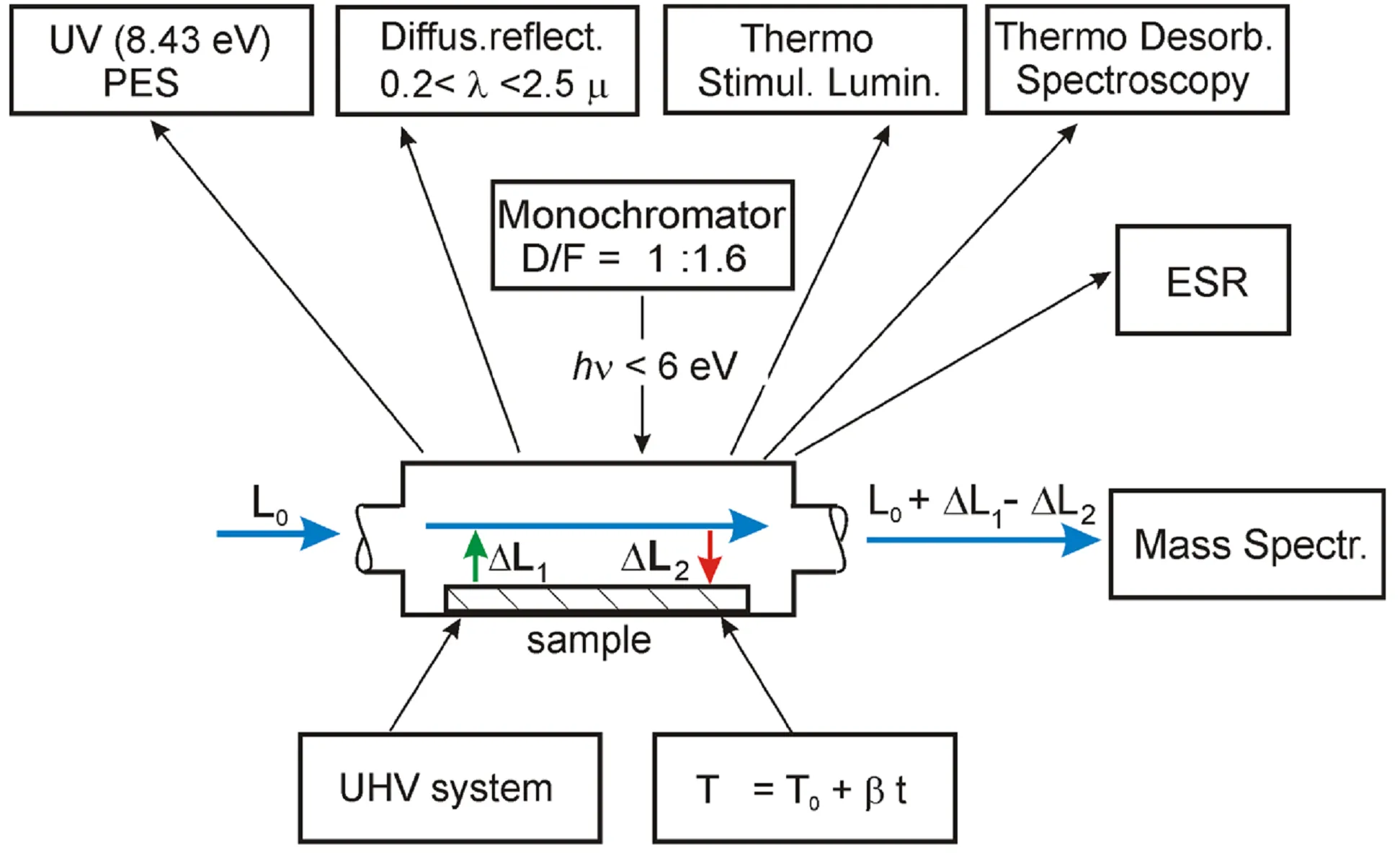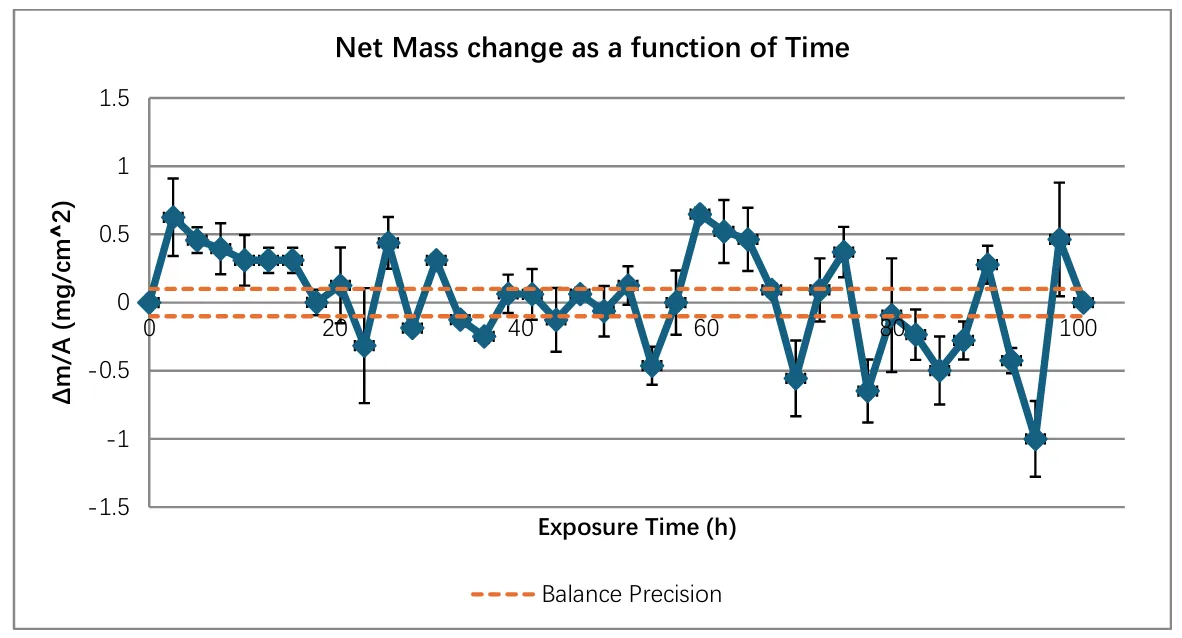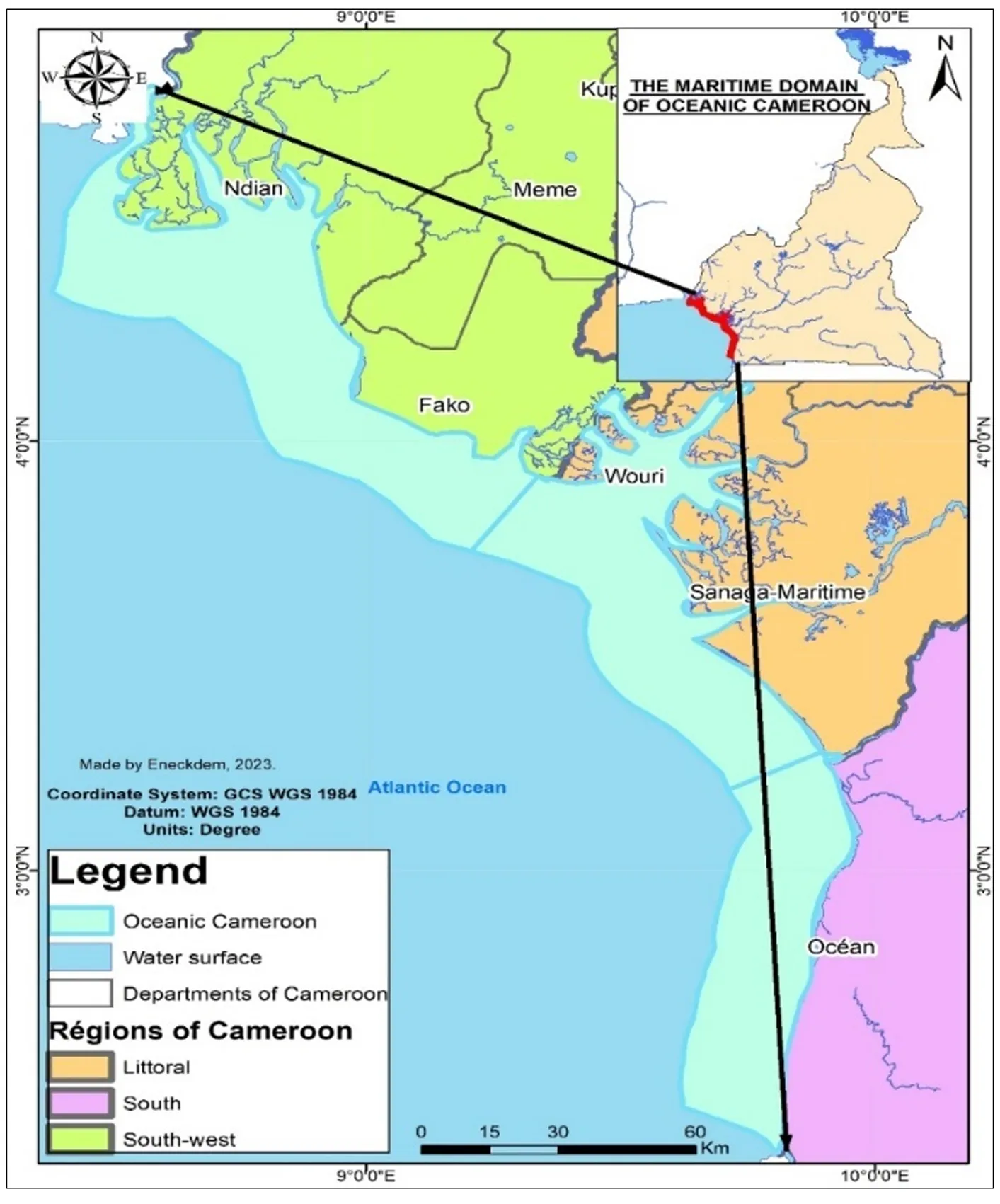Artiles
Open Access
Article
27 June 2025Non-Invasive Evaluation by the HEMOTAGTM Recording Device to Tailor Treatment of Acutely Decompensated Heart Failure
This study evaluated the clinical utility of the HEMOTAG™ recording device—A non-invasive, wearable system that measures cardiac time intervals (CTIs)—in managing patients with acutely decompensated heart failure (ADHF). The prospective, single-center study enrolled 105 patients, including those hospitalized with ADHF and a control group with non-HF-related conditions. Daily measurements of isovolumetric contraction time (IVCT), a key CTI marker, were collected using the HEMOTAG device and compared with NT-proBNP levels obtained on admission and day 3. Among ADHF patients, IVCT decreased in parallel with NT-proBNP levels, indicating volume status improvement with therapy. In contrast, the control group showed no significant change in IVCT or NT-proBNP. An IVCT ≥ 40 ms demonstrated strong sensitivity and specificity to detect ADHF (NT-proBNP ≥ 1800 pg/mL). These findings suggest that IVCT trends measured by HEMOTAG correlate with short-term treatment response in ADHF and could offer a non-invasive method to guide heart failure management. The technology demonstrated feasibility, safety, and clinical relevance, supporting its potential role in future remote management strategies.

Open Access
Review
27 June 2025Study of Self-Sensitization of Wide-Gap Oxides Photocatalysts
The self-sensitization of wide-gap oxide photocatalysts to the region beyond the long-wave edge by changing the stoichiometry is discussed. The results of in situ investigations in three phases: gas—adsorbate—surface obtained by a variety of complementary experimental methods are analyzed. Dielectrics (MgO, Al2O3, BeO) were sensitized by creating colored F- and V- type photocatalysis centers via the thermal reduction of oxides in a vacuum. For semiconductors, the 2D structures of ZnO/ZnO1−x and TiO2/TiO2−x were formed through surface photo-reduction. In all self-sensitization cases, enhanced photosorption activity was observed. The quantum yields in the model POIE (photo-induced oxygen isotope exchange) redox reaction under VIS illumination of 2D structures and resonant exciton illumination of a layered 2D structure ZnO/ZnO1−x/O− are 5–7 times higher than those of the initial samples. Both 2D structures showed stable activity in the redox reaction $$\mathrm{CO+NO}\overset{\mathrm{hv}}{\operatorname*{\rightarrow}}1/2\mathrm{N}_{2}\uparrow+\mathrm{CO}_{2\mathrm{ads}}$$ with quantum yields 5–7 times higher than those of the initial oxides in their intrinsic absorption region.

Open Access
Review
27 June 2025Targeting Collagen Secretion as a Potential Therapeutic Strategy to Modulate Fibrosis
Fibrotic diseases are driven by the excessive accumulation of extracellular matrix (ECM), particularly collagens, leading to progressive tissue stiffness and organ dysfunction. While many factors contribute to fibrosis—including cytokine signaling, integrin-mediated mechanotransduction, and altered ECM degradation—the synthesis and secretion of collagen remain central bottlenecks. Collagen biosynthesis is a complex process involving extensive post-translational modification and intracellular trafficking. The export of procollagen from the endoplasmic reticulum (ER) requires Transport and Golgi Organisation 1 (TANGO1), a transmembrane organizer of ER exit sites that coordinates cargo selection, membrane remodeling, and connectivity between the ER and the ER-Golgi-Intermediate-Comaprtment (ERGIC). By assembling into ring-like structures at ER exit sites, TANGO1 builds a secretory route for bulky cargoes that bypasses conventional vesicle constraints. Loss of TANGO1 disrupts collagen secretion and causes developmental defects across various species. In fibrotic tissues, TANGO1 expression is upregulated, linking secretory machinery to pathological matrix deposition. Recent work has identified specific interfaces within the complex of TANGO1 with its vertebrate paralogue Cutaneous T-cell lymphoma-associated antigen 5 (cTAGE5) as targets for cell-permeant peptide inhibitors. Inhibitors that selectively and specifically block TANGO1 complex formation reduce collagen secretion in fibroblasts and scar formation in vivo, offering a new strategy to modulate fibrotic processes.

Open Access
Article
27 June 2025Dynamic Oxidation Behavior and Exceptional High-Temperature Resistance of Nano Particle-Strengthened Superalloy (MA 754) under Cyclic Temperature Conditions
The degradation of industrial components due to high-temperature oxidation poses a significant challenge. This study highlights the excellent oxidation resistance of the MA 754 superalloy under cyclic high-temperature conditions at 1100 °C. The weight change during thermal cycles was measured to assess the kinetics of oxidation. Optical microscopy, scanning electron microscopy, X-ray diffraction, and energy dispersive spectroscopy were used to characterize the oxide scales’ microstructure, morphology, phases, and composition. The results revealed that the MA 754 superalloy demonstrated excellent resistance to oxidation, with a mean net mass change of 0.032 mg/cm2 over the oxidation time. The oxidation products identified were NiO and NiCr2O4. A small peak suggests the possible formation of Al2O3. The oxide scales’ morphology changed from pyramidal to granular type during the oxidation test. The oxidation steps of the MA 754 superalloy were determined by comparing the microstructures of the alloy surface next to the oxide layer.

Open Access
Article
26 June 2025Analysis of Rainfall Trend in Australia
Australia is renowned for its highly variable rainfall patterns, which make it a continent marked by both droughts and flooding rains. With global warming driving atmospheric warming and altering weather systems, this variability is projected to intensify. Despite this, the specific trends and extent of rainfall changes across the country remain uncertain. Within this context, in this study, the temporal variability of rainfall in Australia was examined at annual, seasonal, and monthly scales using rainfall data spanning 1920 to 2020. Specifically, non-parametric tests were employed to assess the magnitude and significance of rainfall trends across 505 rainfall series within the Australian region. Results showed a widespread increase in rainfall in summer and spring throughout the study area. By contrast, autumn and winter showed a marked decrease in rainfall, with the greatest evidence along the Queensland coast and in southern Western Australia. If these trends are confirmed in the coming years, these deficits could limit water resources, affecting agricultural areas, the conservation of natural areas, and national parks. In addition, these changes in rainfall could increase the risk of droughts and wildfires, which could also have socio-economic impacts.

Open Access
Article
26 June 2025Law and Governance of Carbon Border Adjustments
Measured against the legally binding international climate targets, climate policy must be massively accelerated on a worldwide scale. In the absence of effective global policy instruments, a central role can be played by combinations of regional quantity governance systems, such as the EU Emissions Trading System, and additional border adjustments, such as the newly established EU Carbon Border Adjustments (CBAM). This is to avoid mere emissions shifting to other states, to encourage these states also to pursue ambitious climate protection, and to avoid competitive disadvantages for domestic industries. This paper analyzes the ecological effectiveness of the CBAM—measured against the Paris climate targets—and its compatibility with world trade law. It combines a qualitative governance analysis with methods of legal interpretation. It is demonstrated that the CBAM does not raise any concerns under WTO law and can be classified as an ecologically effective measure supporting ambitious climate protection. However, the faster and more consistent introduction of the CBAM would be ecologically more effective.

Open Access
Article
26 June 2025Assessment and Spatialization of the Potential of Marine Renewable Energies in the Gulf of Guinea: Case of the Cameroonian Coast
This study explores, through mathematical simulation and Geographic Information Systems, the electricity production potential of Marine Renewable Energies (MRE) on the Cameroonian coast. The study uses data from the National Institute of Cartography and, in the absence of in situ oceanographic observation, data from the National Oceanic and Atmospheric Administration and those of Copernicus Marine Services, to determine and identify, after calculations on Excel and spatial representation on ArcGIS 10.2.2, areas with high MRE potential. The analyses carried out show that the Cameroonian coastline is full of significant potential for the development of MRE. Indeed, with a potential of approximately 6 kW at sea and approximately 1 kW on the coast, current energy constitutes a capitalizable opportunity. Concerning wave energy, the average production potential of the Cameroonian marine area is approximately 3.37 kW/m. However, it is much higher on the Kribi coast (between 4 and 7 kW/m). Furthermore, significant potential for tidal energy can be identified in the Wouri estuary, as well as in other sectors such as marine thermal energy and osmotic energy, although this requires further analysis to be better understood. These results would help promote research on these energies in Cameroon.

Open Access
Communication
26 June 2025Production and Calibration of a Lambertian Surface Based on Barium Sulfate (BaSO4) for the Calibration of Multispectral Cameras
Drones, or unmanned aerial vehicles (UAVs), are increasingly utilized across diverse fields such as agriculture, environmental analysis, and engineering due to their ability to capture high-quality multispectral imagery. To ensure the accuracy of these images, radiometric calibration of onboard multispectral cameras is essential. This study aimed to develop and calibrate a low-cost Lambertian surface using barium sulfate (BaSO4) for radiometric calibration of UAV-mounted multispectral cameras. A stainless steel mold was designed to compact BaSO4, and the resulting surface was calibrated using an ASD FieldSpec HandHeld UV/NIR spectroradiometer and a Spectralon plate as the reference standard. Results showed a strong correlation (Pearson’s r = 0.9988) between the BaSO4 surface and the Spectralon plate, confirming that the BaSO4-based surface is a cost-effective alternative for producing diffuse Lambertian surfaces with performance comparable to the standard.

Open Access
Article
26 June 2025Testing Photogrammetry in Assessing Health of Houston Toads (Bufo [=Anaxyrus] houstonensis)
The Houston toad (Bufo [=Anaxyrus] houstonensis) is an endangered amphibian species that occupies a small range in Texas, USA. Despite recent increases in juvenile detections, obtaining data is limited by a narrow temporal window of juvenile emergence. This necessitates the rapid collection of ecological data. Because of this, we seek to test the quality of image-based measurements as an alternative to assessing the body condition of Houston toads. We used caliper- and image-based measurements of wild-caught adult toads and captive-bred juveniles, while recording handling time for each method with the juveniles. We compared scaled mass indices (SMI) and residuals from ordinary least squares regressions (OLS) between methods and life stages. Handling time of juvenile toads was significantly lower (p < 0.0001) for the image-based trial than the caliper-based trial. While SMI values violated key assumptions for a valid Condition index (CI), OLS condition index values did not. OLS condition values from the image-based trial were also not statistically significantly different to those from the caliper-based trial. These observations suggest that our image-based measurement technique is a valuable alternative to gaining morphometric data, and that applying this data to an OLS residual index is a more appropriate approach to monitoring individual- and population-level health in Houston toads.

Open Access
Article
25 June 2025Time Is Lung: Inpatient Transbronchial Lung Cryobiopsy Decreases Wait Time to Treatment Initiation for Newly Diagnosed Interstitial Lung Disease
Although performing lung biopsies on hospitalized patients with interstitial lung disease (ILD) has risk, initial studies have shown transbronchial lung cryobiopsy (TBLC) may be safely performed in this patient group. Data evaluating the value of this intervention in establishing a diagnosis and impacting management is lacking. We present a comparison of TBLC for inpatients and outpatients and provide data on the impact on medical therapy initiation and wait times from consultation to biopsy and treatment. Demographic data, pulmonary function values, chest imaging patterns, procedural information, diagnosis, and medical therapy changes, defined as medication initiation, adjustment, or cessation guided by TBLC results, were recorded from enrolled patients with newly identified ILD. Changes in medical therapy were the primary outcome. Time from consultation to biopsy and treatment was the secondary outcome. Fifty-four (54) patients (40 outpatient, 14 inpatient) were included. Inpatients underwent biopsy 2.5 ± 4.4 days after consultation compared to 15.5 ± 16.1 days for outpatients (p < 0.001). Medical therapy changes occurred 10.3 ± 7.9 days after biopsy for inpatients compared to 34.6 ± 37.0 days for outpatients (p < 0.001). There were no significant differences in medical therapy changes between the groups (p = 0.45). Our initial study suggests that performing TBLC on inpatients with newly identified ILD decreases wait times to treatment initiation and diagnosis. Efforts to understand the impact of a decreased wait time on ILD prognosis, including the development of progressive disease or fibrosis, symptom evolution, and quality of life, require further evaluation.
